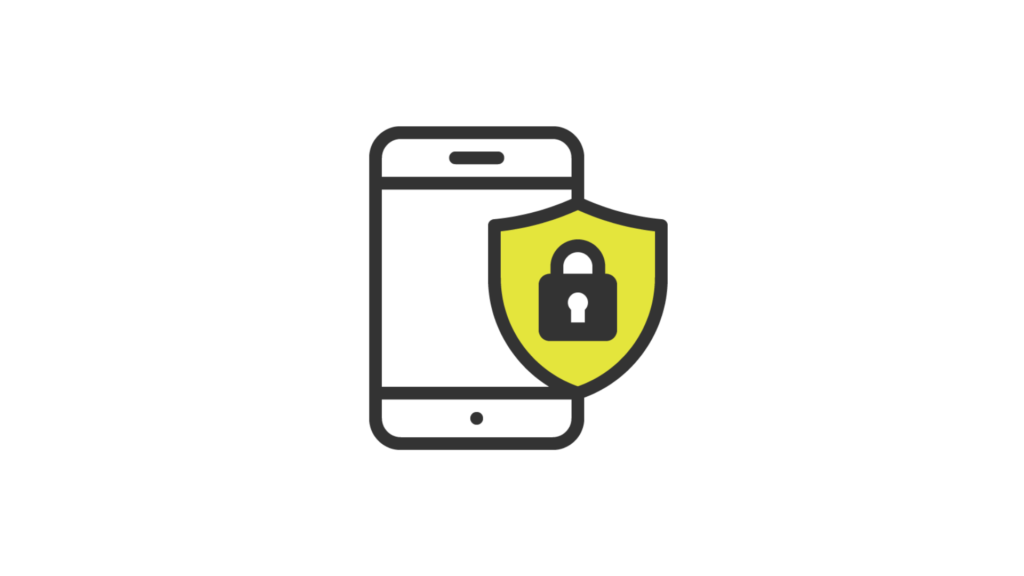In an era dominated by digital interactions, the threat of phishing attacks looms large. Cybercriminals continually refine their tactics to deceive unsuspecting individuals and organizations, making it crucial for everyone to understand and implement effective measures to protect against phishing. In this article, we’ll delve into the world of phishing attacks, exploring what they are, how they work, and most importantly, how you can safeguard yourself against falling victim to these deceptive schemes.
Understanding Phishing Attacks
Phishing is a type of cyber attack where malicious actors employ deceptive tactics to trick individuals into divulging sensitive information, such as usernames, passwords, and financial details. These attacks often come in the form of seemingly legitimate emails, messages, or websites, designed to appear trustworthy.
Common Forms of Phishing
1. Email Phishing:
-
- Phishing emails are a widespread form of attack. Cybercriminals impersonate reputable entities, such as banks or government agencies, and request sensitive information.
2. Spear Phishing:
-
- This targeted form of phishing involves personalized attacks on specific individuals or organizations. Attackers gather information to make their deceptive messages more convincing.
3. Vishing (Voice Phishing):
-
- Phishing attacks can extend beyond emails. Vishing involves fraudulent voice messages or calls, often claiming to be from a trusted organization, to extract sensitive information.
4. Smishing (SMS Phishing):
-
- Phishers also exploit text messages, sending deceptive SMS messages that prompt individuals to click on malicious links or provide personal information.
Protecting Yourself from Phishing Attacks: Best Practices
1. Be Skeptical of Unsolicited Emails:
-
- Exercise caution when receiving unexpected emails, especially those urging immediate action. Verify the sender’s email address and look for signs of phishing, such as misspelled words or generic greetings.
2. Verify the Sender’s Identity:
-
- Before responding to any email requesting sensitive information, verify the sender’s identity through a trusted means, such as contacting them directly using official contact information.
3. Avoid Clicking on Suspicious Links:
-
- Hover over links in emails to preview the URL before clicking. Ensure the URL matches the legitimate website address. Avoid clicking on links in unsolicited emails or messages.
4. Use Multi-Factor Authentication (MFA):
-
- Implementing MFA adds an extra layer of security by requiring additional verification, such as a code sent to your mobile device, in addition to your password.
5. Keep Software and Antivirus Programs Updated:
-
- Regularly update your operating system, browsers, and antivirus software to patch vulnerabilities that could be exploited by cybercriminals.
6. Educate Yourself and Stay Informed:
-
- Stay informed about the latest phishing techniques and threats. Regularly educate yourself on cybersecurity best practices through reputable sources.
7. Use a Reputable Email Security Service:
-
- Employ email security tools that can identify and filter out phishing attempts. These services analyze email content, attachments, and links to identify potential threats.
8. Check for Secure Connections (HTTPS):
-
- When entering sensitive information online, ensure the website’s URL begins with “https://” to indicate a secure, encrypted connection. Avoid entering personal details on non-secure websites.
9. Protect Personal Information:
-
- Be cautious about sharing personal information online, even on seemingly trustworthy platforms. Avoid oversharing on social media, as cybercriminals often gather information for targeted attacks.
10. Report Suspected Phishing Attempts:
-
- If you receive a suspicious email or message, report it to your email provider or the legitimate organization it claims to represent. This helps prevent others from falling victim to the same phishing attempt.
Conclusion: Empowering Yourself Against Phishing Threats
Phishing attacks continue to evolve, becoming more sophisticated and difficult to detect. By adopting a proactive and vigilant approach, individuals can significantly reduce the risk of falling victim to these deceptive schemes. Implementing best practices, staying informed about the latest phishing trends, and leveraging security tools are essential steps in safeguarding your digital identity and preserving your online security. Remember, a cautious and informed user is the first line of defense against the pervasive threat of phishing attacks in our digital age.
































7 Responses
This asset is phenomenal. The wonderful information exhibits the maker’s earnestness. I’m stunned and anticipate more such mind blowing posts.
Hi i think that i saw you visited my web site thus i came to Return the favore Im attempting to find things to enhance my siteI suppose its ok to use a few of your ideas
Somebody essentially help to make significantly articles Id state This is the first time I frequented your web page and up to now I surprised with the research you made to make this actual post incredible Fantastic job.
I genuinely relished what you’ve produced here. The outline is elegant, your written content trendy, yet you appear to have obtained some anxiety regarding what you wish to deliver thereafter. Assuredly, I will return more frequently, akin to I have almost constantly, provided you maintain this incline.
I truly relished the effort you’ve put in here. The sketch is stylish, your authored material chic, however, you seem to have developed some anxiety about what you intend to deliver subsequently. Assuredly, I will revisit more regularly, akin to I have nearly all the time, in the event you maintain this rise.
What a fantastic resource! The articles are meticulously crafted, offering a perfect balance of depth and accessibility. I always walk away having gained new understanding. My sincere appreciation to the team behind this outstanding website.
What a fantastic resource! The articles are meticulously crafted, offering a perfect balance of depth and accessibility. I always walk away having gained new understanding. My sincere appreciation to the team behind this outstanding website.